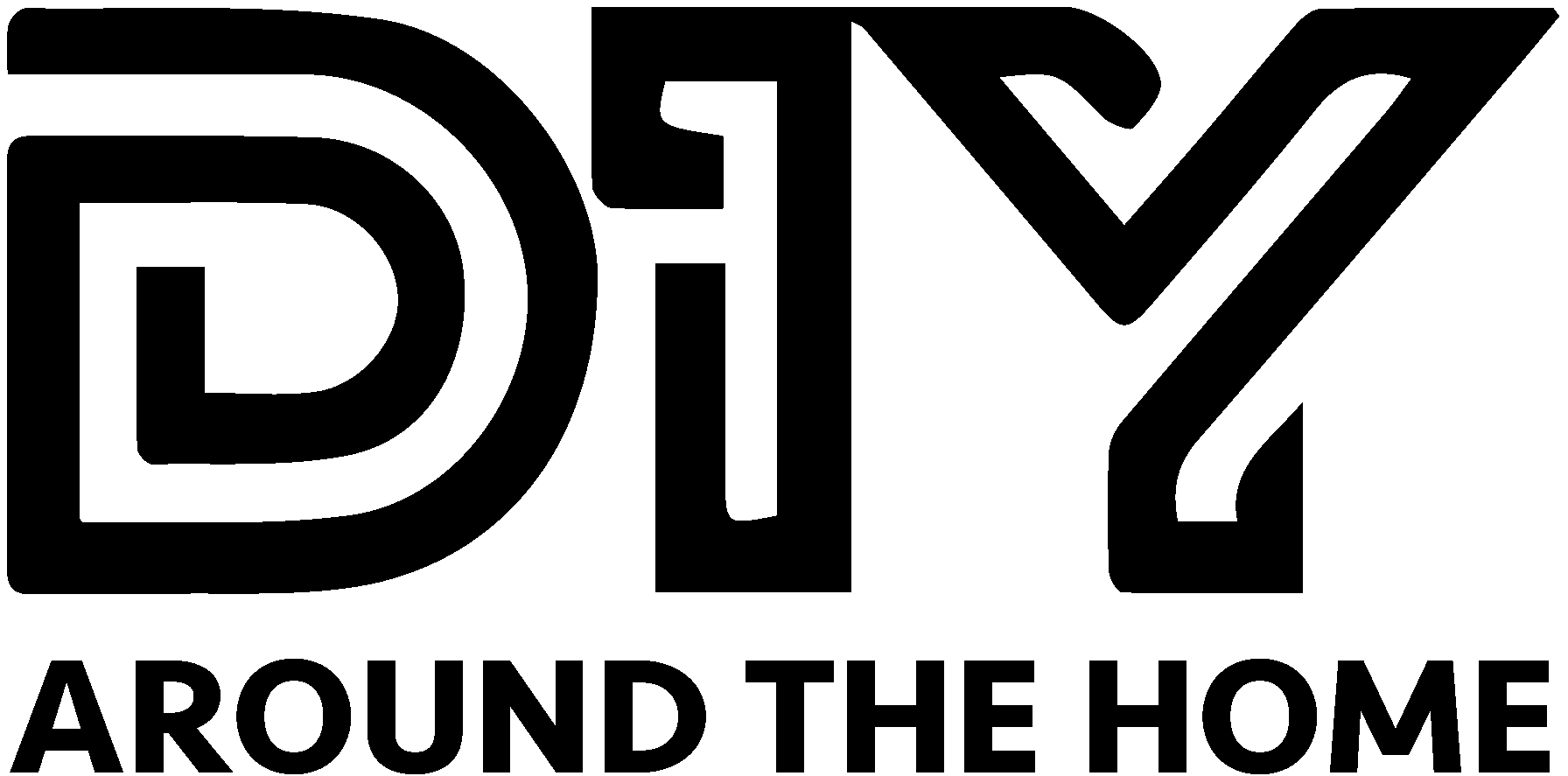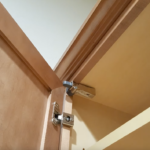Creating raised garden planters can be a wonderful way to grow plants and vegetables while also improving drainage and soil quality but sometimes they can get expensive. Pre-made raised garden plater kits from the big box hardware store are pricey but if you have a little determination and a couple tools you can do it yourself and save a lot of money.
In fact we made each raised planter bed for cheap – just $20 each. Check out the information and video below to see how you can too!
Here’s an outline of the instructions to make raised garden planters:
Materials You’ll Need for Raised Beds:
- Wood boards (cedar or redwood are popular choices, we used 5 1/2″)
- Galvanized screws or nails (we used 2″ exterior screws)
- Saw (we used a miter/chop saw)
- Measuring tape
- Drill and or Impact driver
- Weed barrier fabric (optional)
- Soil mixture
- Plants or seeds
- Optional: Level, wood stain or paint
Materials You’ll Need for Drip Irrigation:
- Drip irrigation line (1/2 inch)
- 90 degree drip line connectors (1/2)
- Drip tubing (1/4 inch)
- Drip emitters (variety for 1/4″ tubing)
- Drip tube cutting tool – must have
Instructions for Budget Raised Beds:
- Choose a Location: Select a suitable location for your raised garden planter. It should receive adequate sunlight for the types of plants you intend to grow.
- Measure and Plan: Decide on the dimensions of your planter. Common sizes are 4×4 feet or 4×8 feet. We made 3×6 platers fit perfect to our space. Next determine the height you want the planter to be. Taller planters can be more accessible for people with mobility issues and can help make it easier to work in. Keep in mind that taller planters may require additional support.
- Cut the Wood: Use a miter or chop saw to cut the wood boards to the desired lengths based on your measurements. There are other saws that can do the job this type just happens to be the fastest and most convenient. You’ll need four pieces for the sides of the planter and additional pieces if you’re making multiple tiers of height. One common suggestion that we did not adher to was if you’re creating multiple tiers, ensure that the bottom tier is the largest, the next tier is slightly smaller, and so on.
- Assemble the Frame: Place the boards on a flat surface to assemble the frame. Attach the boards at the corners using galvanized screws or nails. Pre-drill holes to prevent the wood from splitting or cracking.
- Add a Bottom (optional): If you want a bottom in your planter, attach another set of boards to the bottom of the frame. This will create a sturdy base. Alternatively, you can leave the bottom open if you want your planter to directly interact with the ground – this is what we did.
- Line with Weed Barrier Fabric: To prevent weeds from growing up into your planter, line the interior with weed barrier fabric. This will also help retain the soil. While this is done in some circumstances we chose not to.
- Fill with Soil: Fill the planter with a high-quality soil mixture. A blend of topsoil, compost, and other organic matter can provide a nutritious environment for your plants. We found this locally by filling up our Tacoma pick up truck (see video on this page) but you can also order it to be delivered or have a local business delivery it to your curb in a large pile.
- Plant Your Garden: Plant your desired plants or seeds in the planter. Follow the recommended spacing and planting depths for the specific plants you’re growing.
- Water and Maintain: Water your plants regularly and provide appropriate care based on their needs. Mulching the surface of the soil can help with moisture retention and weed control.
- Optional Finishing Touches: If desired, you can stain or paint the wood to protect it from weathering. Additionally, you can place landscaping fabric on the bottom before adding soil to further prevent weeds from growing up into the planter.
Remember, these instructions are a general guideline. You may need to adapt them based on your specific preferences, the available materials, and the plants you intend to grow. That’s how we suggest you build cheap raised garden beds with a drip irrigation system!


